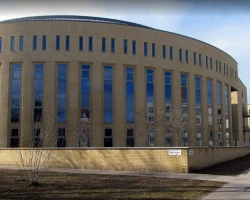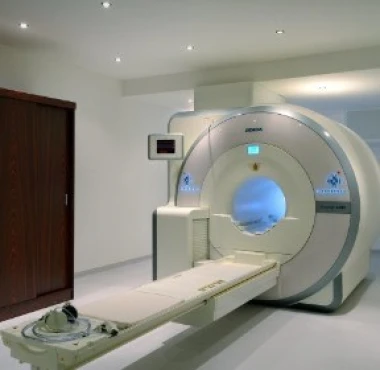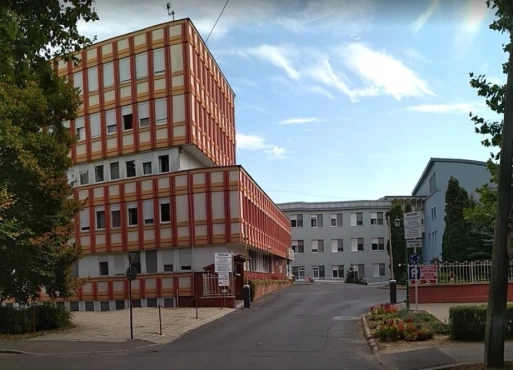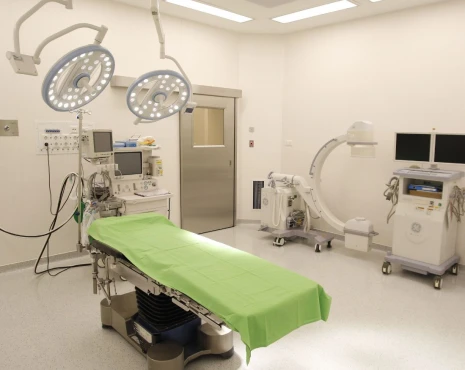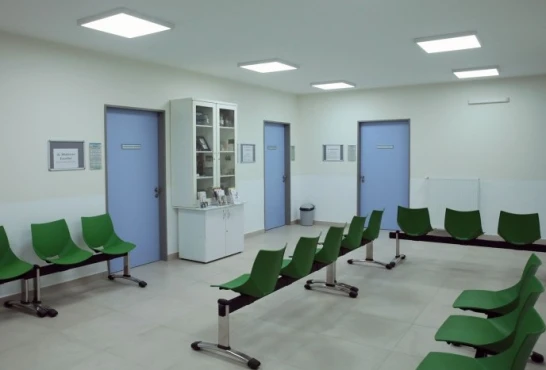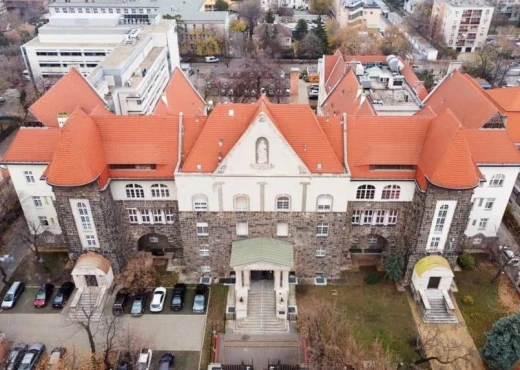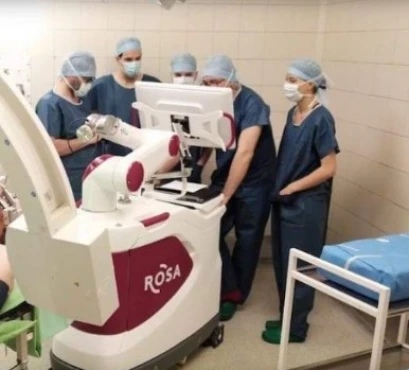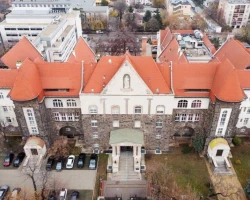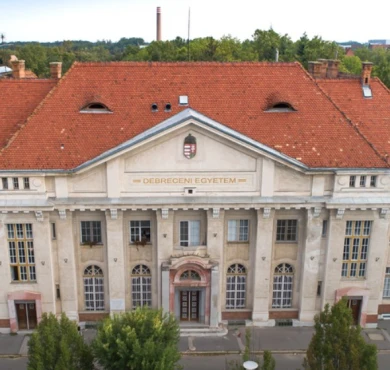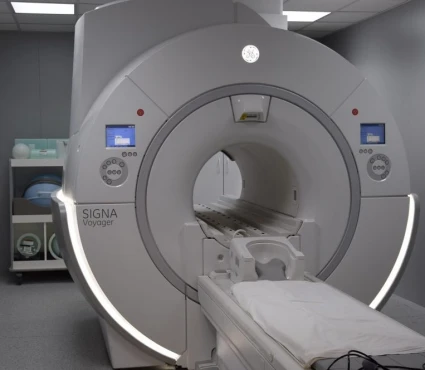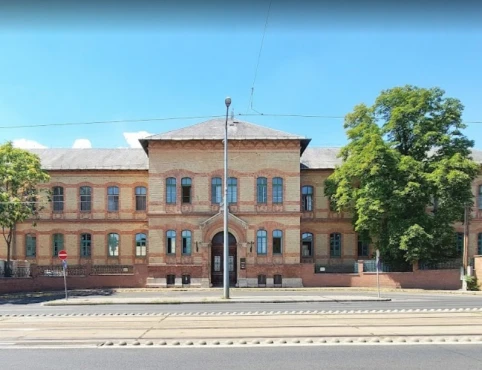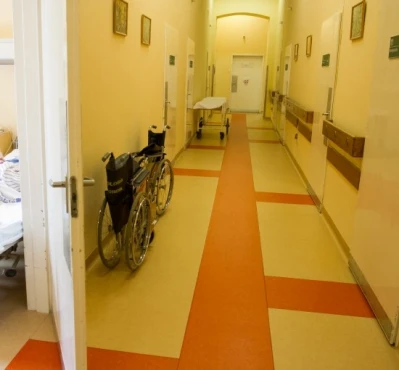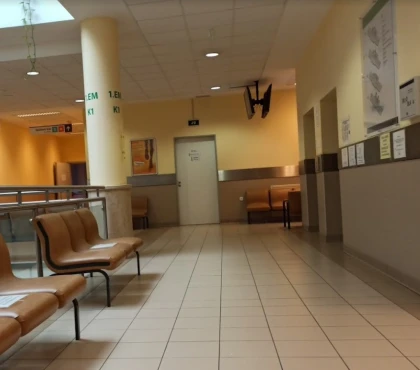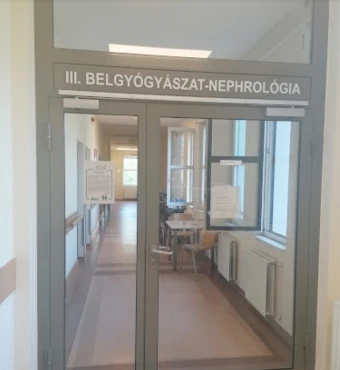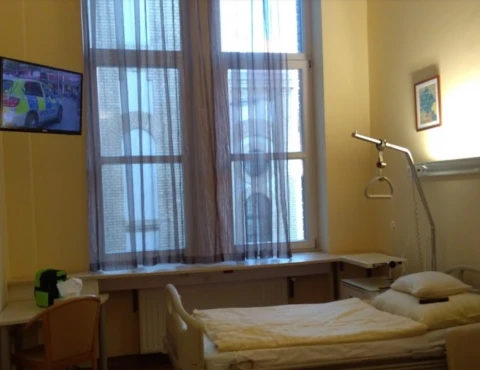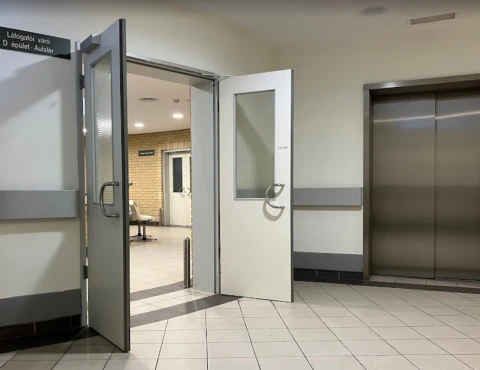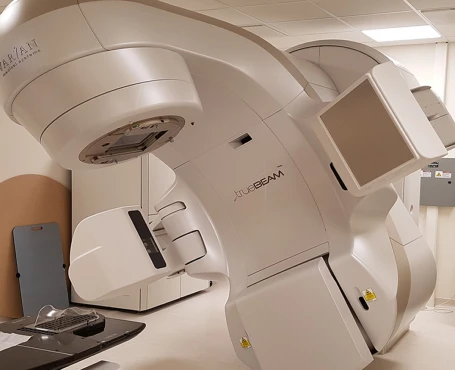from Jana Lengyel
August 30, 2023
Didn’t have nice experience in this hospital at all! Although the doctors and nurses (some of them) were super nice we spent altogether 13 hours in the general surgery ward in the 5th floor and all they did in this time is took blood and urine analysis and did ultrasound diagnostic. It was 37 degrees outside and the person in pain did not drink or eat all this time!!! When I went arguing with them it turned out that the result was long time ready, they just didn’t feel like calling us, of course the reason of pain wasn’t found and we were sent home without any treatment or diagnosis. Not only they left the person in pain they MADE him wait the whole day after which he got worse.
from Julián Németh
August 03, 2023
I was referred by my family doctor with a problem related to water balance. I spent two days in the internal medicine department on the 4th floor of building B as an ambulatory patient.
The four stars are because, despite the circumstances, the nurses and doctors stayed where they are and try to make the best of the situation, but it cannot be denied that the conditions are terrible.
The department can only provide three meals a day, which is surprisingly good compared to the conditions, bedding, a bed, depending on the supply, infusion and adult diapers, medical examinations, water and electricity. Everything else must be brought, including toilet paper, bottled water, cutlery, hand soap, and towels.
As an outpatient, for a short time, for a complete examination, it is worth it, but not for an incontinent patient, and I definitely do not recommend hospitalization for an incontinent AND problematic patient.
Several people wrote that the nurses do not deal with the patients, are not helpful and treat the patients like prisoners.
Yes, this is true in many cases, but personally, if I had to work in such conditions, for such wages, I would behave in the same way, if not worse.
from Tomer Carmeli
December 06, 2021
They made mistake in our PCR test…


